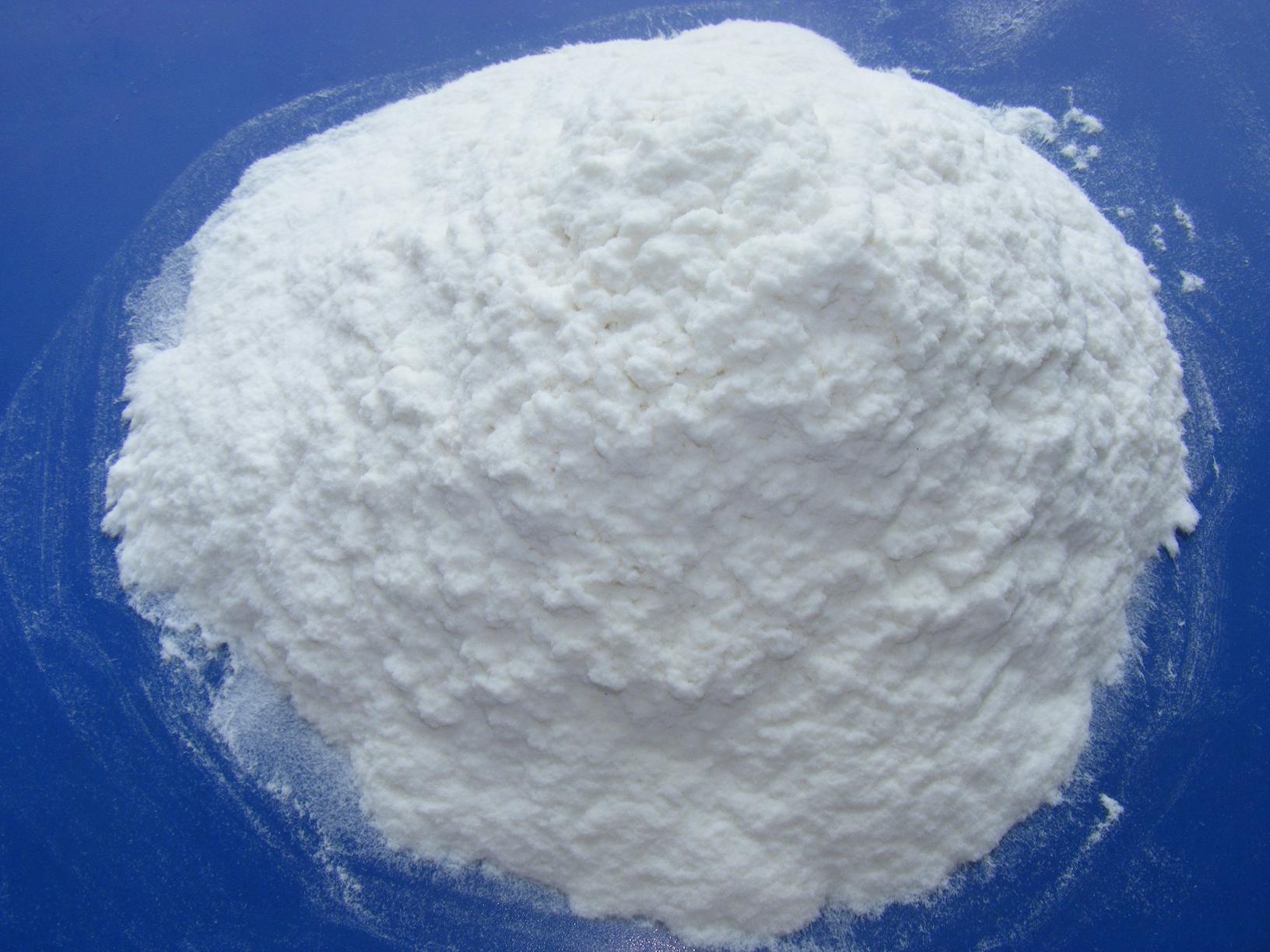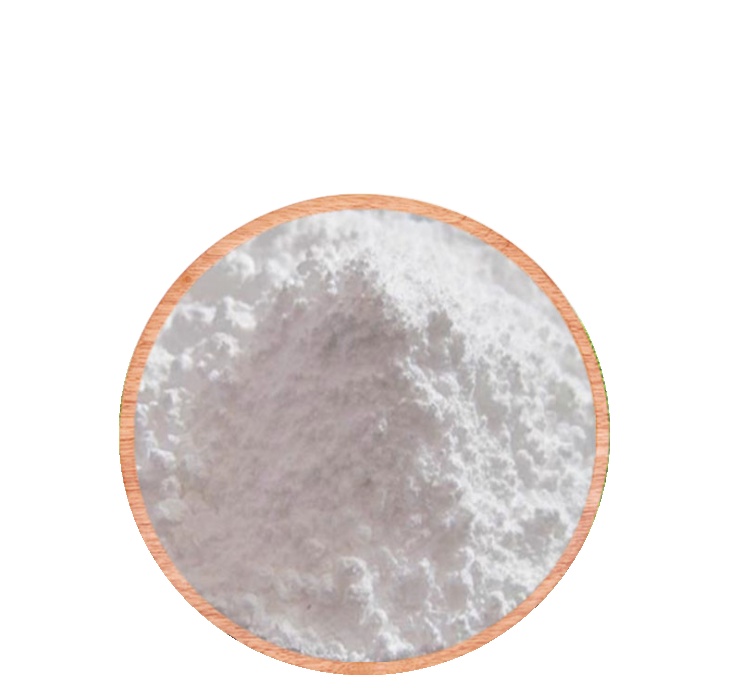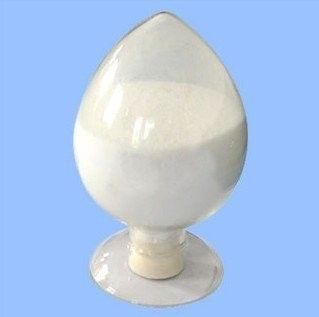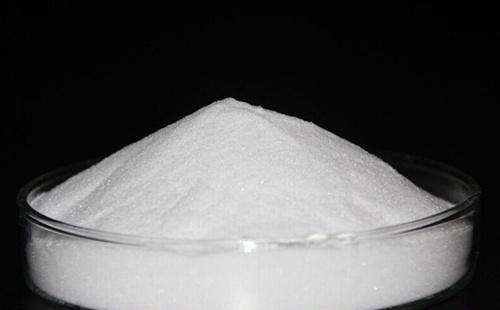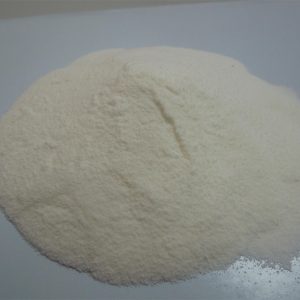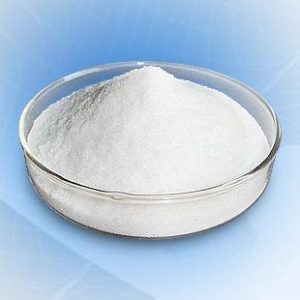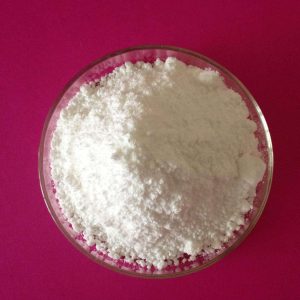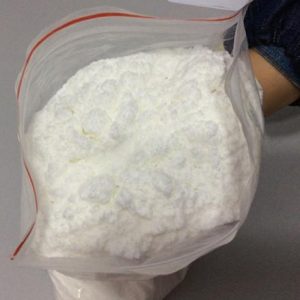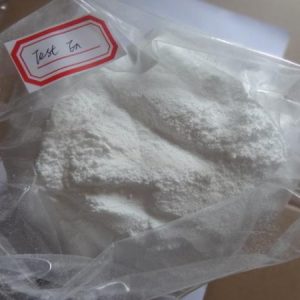L-carnitine is an amino acid that promotes the conversion of fat into energy. Its main functions are to promote fat burning, enhance endurance and physical strength, improve immunity, promote heart health, improve metabolic syndrome, and play a role in weight loss, delaying sports fatigue, preventing and treating sub-health, improving arrhythmia, and improving metabolic diseases.
L-carnitine benefits
1. Promote fat burning:
L-carnitine is an essential coenzyme in the process of fat metabolism, which can promote the entry of fatty acids into mitochondria for oxidative decomposition, thereby releasing energy. This process is effective for weight loss, especially when combined with proper exercise and diet control.
2. Enhance endurance and physical strength:
By promoting fat burning to provide energy, L-carnitine can help athletes maintain better endurance and physical strength during long-term, high-intensity exercise and reduce muscle fatigue.
3. Improve immunity:
Using L-carnitine as prescribed by a doctor can protect the stability of cell membranes, improve the body’s immunity, avoid the invasion of some diseases, and play a certain preventive role in the prevention and treatment of sub-health.
4. Promote heart health: L-carnitine can protect heart function by optimizing the energy metabolism of the heart and improving the energy supply of myocardial cells. Sufficient It supplementation is beneficial to improve the heart function of patients with congestive heart problems, can minimize the damage after a heart attack, and can reduce the pain of angina.
5. Improve metabolic syndrome: Metabolic syndrome is a group of symptoms associated with an increased risk of cardiovascular disease, including abdominal obesity, high blood pressure, high blood sugar and high cholesterol. L-carnitine has an improving effect on these metabolic diseases.
L-Carnitine Side Effects and Risks
When used as directed, It is safe and effective for humans with minimal risk of side effects. The most common L-Carnitine side effects include symptoms such as stomach pain, nausea, vomiting and diarrhea.
L-Carnitine may increase the risk of seizures in people with epilepsy. You should not ingest It if you have had seizures before.
In addition, L-Carnitine may aggravate the symptoms of hypothyroidism because it promotes fat breakdown, promotes excitement in the body, and reduces the body’s need for thyroxine in disguise. If you have a thyroid that is hypothyroidizing, you should consult your doctor or avoid taking L-Carnitine before taking it.
When starting to take L-Carnitine, as with any supplement, it is best to start with a low dose and then slowly increase your intake to assess tolerance and eventually reach a smooth intake and stable potency in the body. If you feel any discomfort in your body, be sure to consult with your doctor to confirm if L-Carnitine supplements are right for you.
Lastly, it must be emphasized that while L-Carnitine can enhance fat burning and weight loss in the body, it should be combined with a healthy diet and an active lifestyle to achieve optimal results.
Melting point 197-212 °C(lit.)
alpha -31 º (c=10, H2O)
Boiling point 287.5°C (rough estimate)
density 0.64 g/cm3
refractive index -32 ° (C=1, H2O)
storage temp. Store below +30°C.
solubility H2O: 0.1 g/mL at 20 °C, clear, colorless
form Crystals or Crystalline Powder
pka 3.80(at 25℃)
color White
PH 6.5-8.5 (50g/l, H2O)
Water Solubility 2500 g/L (20 ºC)
Merck 14,1849
BRN 4292315
Stability: Hygroscopic
InChIKey PHIQHXFUZVPYII-ZCFIWIBFSA-N
LogP -5.48 at 20℃
CAS DataBase Reference 541-15-1(CAS DataBase Reference)
More Introduction:https://en.wikipedia.org/wiki/Carnitine
